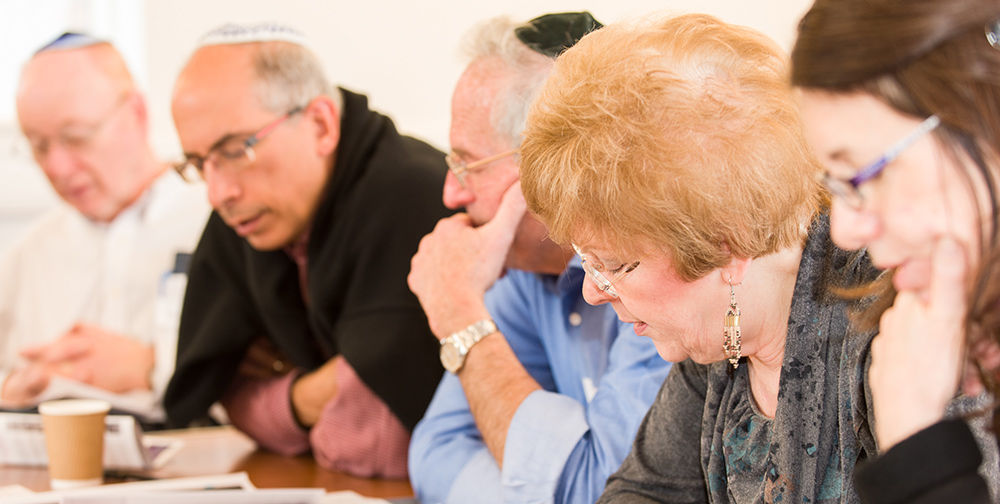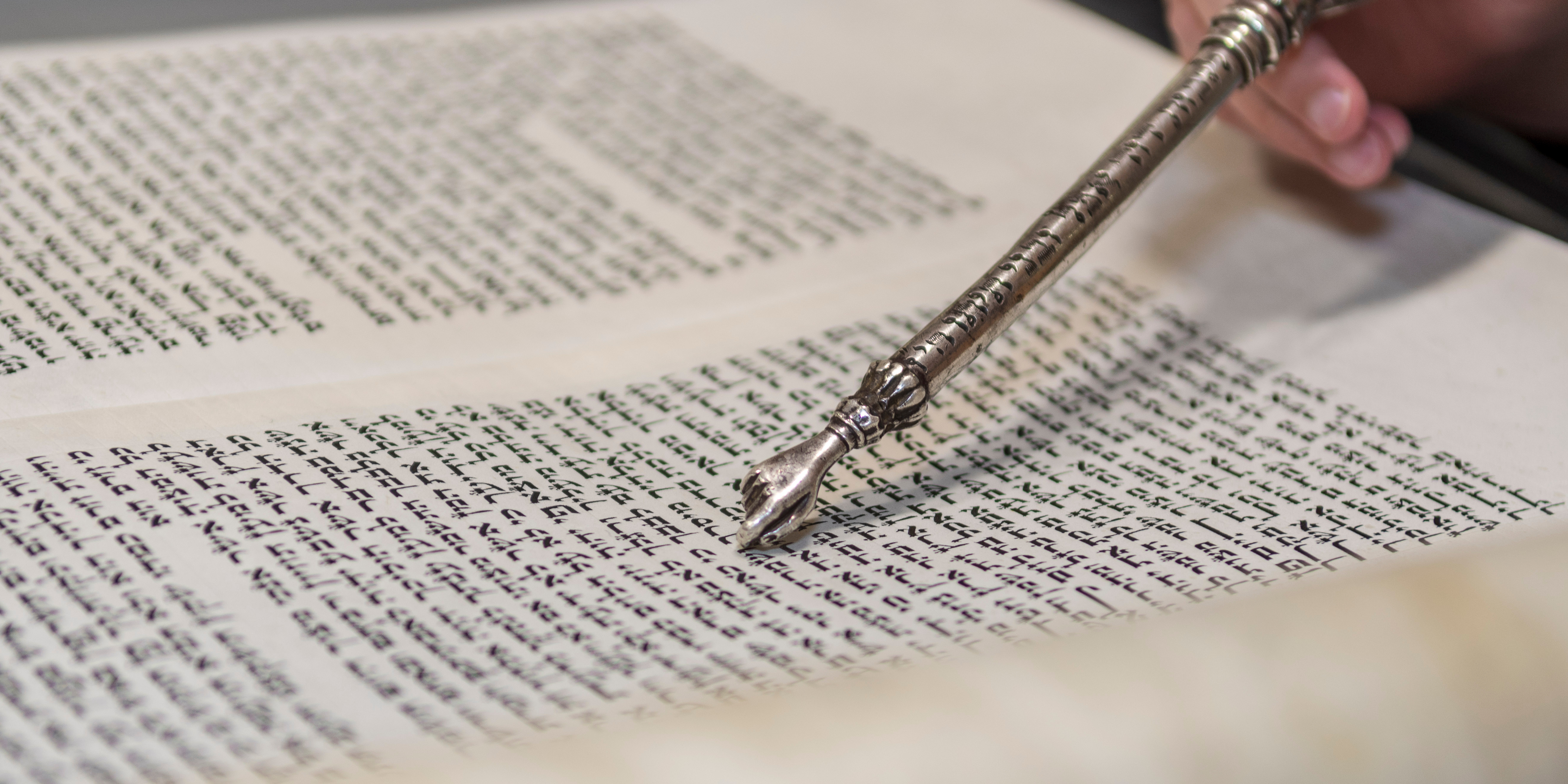Tetzaveh

This coming week we celebrate Purim when we will masquerade in fancy dress. Whether we dress as Queen Esther, Mordechai, a superhero or a Harry Potter character we will conceal ourselves as Esther does when she hides her Judaism and her essential identity in Ahaseurus’ palace. This week’s parashah, on the other hand, examines the High Priest’s sacral vestments: the Me’il, the Ephod, the TzitzZahav, and the Choshen Mishpat, the marks of his service. This juxtaposition presents some questions about clothing. Is it meant to conceal or reveal? Does it define, label or camouflage? What is a garment’s purpose?
‘Aaron shall carry the names of the sons of Israel on the breastplate of decision over his heart, when he enters the sanctuary, for remembrance before the LORD at all times.” (Ex. 28:29) The Italian medieval commentator Seforno asks why the breastplate includes the twelve tribes of Israel? He observes that when referring to Israelite ancestry, the Torah typically invokes the patriarchs, Abraham, Isaac and Jacob; the breastplate breaks the standard formulation referring to the twelve tribes of Israel instead. This arrangement allows God to recall the Israelite founding tribes serving as a reminder that all of the Children of Israel were present at Sinai. In the Book of Genesis, God appears to each of the patriarchs individually; revelation is a singular experience limited to each patriarch. In the Book of Exodus, God gives the Torah to all of the Children of Israel; it is a mysterious and public revelation to the entire people. For the Hasidic commentator, the Kedushat Levi, the stones represent all of the Children of Israel, each one as a group and as an individual is beloved by God.
As an individual, the High Priest has a private relationship with God, yet when he dons the high priest’s robes and its ornaments he becomes the spiritual leader of the Israelites, no longer himself but the holder of the highest office. Prof. Jeffrey Tigay notes that the myriad laws of the priesthood are included in the Torah to give the Israelites knowledge over the priesthood’s lawful duties and their limits. He writes in Torah.com: ‘As Professor Moshe Greenberg z”l pointed out, this lays the ground for public scrutiny and criticism of the officials and prevents them from gaining the absolute authority and prestige that they would command by controlling important information known only to them.’ (Why Are Laws for Priests Included in the Torah?)
Both Purim costumes and the High Priest’s robes are each significant in their own way. Purim’s fancy dress conceals, while the High Priest wears his robes with pride as well as with the weight of office. He is hidden as an individual but is adorned with vestments signifying the functions of his position and his service to the Jewish people. No mere adornments and baubles, the vestments, the breastplate and all the other components, are expressions of the High Priest’s unique position as the chief spiritual leader of the Jewish people. He is the conduit between God and the Jewish people, accountable to all.



